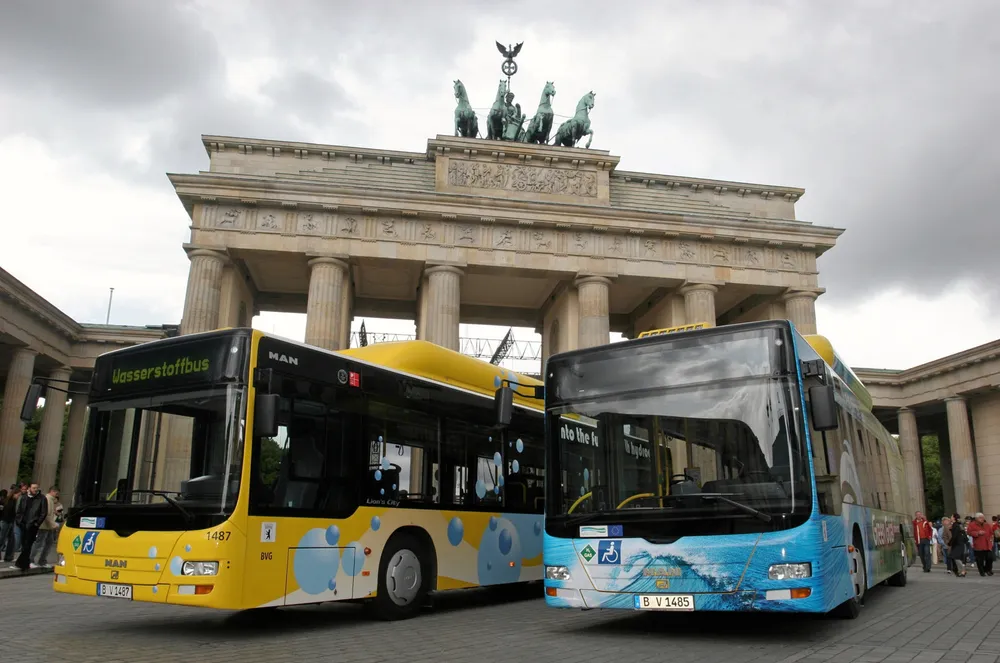Germany due to have more than 900 hydrogen buses by 2030, but over 7,000 battery-electric ones: PwC study
Fuel-cell drives are currently “of lesser importance”, but some cities have ambitious plans for H2 public transport, says PricewaterhouseCoopers report
